- Your cart is empty
- Continue Shopping
Violin Bridge Medium Height – Taal Musicals
Original price was: ₹349.00.₹249.00Current price is: ₹249.00.
- Shape and Structure: The bridge is typically made from a hard, dense wood, such as maple, and is carved into a curved, slightly arched shape. It has two main parts: the top and the feet. The top of the bridge is where the strings rest, and it’s shaped to accommodate the curve of the strings. The feet of the bridge are flat and are positioned on the violin’s top plate.
- Positioning: The bridge is positioned so that it stands vertically and its feet rest on the violin’s top plate. It is placed between the end of the fingerboard and the tailpiece, and it supports the strings while allowing them to vibrate freely. The exact placement is critical for proper intonation and sound quality.
- Function: Its primary role is to transmit the vibrations of the strings to the body of the violin, which amplifies the sound. The bridge also affects the string height (action), which influences playability and comfort.
- Adjustability: The bridge can be adjusted to change the string height and the angle of the strings, which can impact the sound and playability. However, adjustments should be made with care, as incorrect positioning can affect the instrument’s tone and intonation.
- Design Variations: There are different types of bridges for various styles of violin playing. For example, a standard bridge is used for classical music, while other variations might be used for folk or jazz.
- Maintenance: Bridges can sometimes need adjustment or replacement due to wear and tear, especially if they become cracked or misshapen. Proper care and occasional professional adjustments can help maintain the violin’s sound quality and playability.
Overall, the bridge is a finely crafted piece that plays a critical role in the performance and sound quality of a violin.
Enhance your violin performance with the Medium Height Violin Bridge. Crafted with precision, this bridge ensures optimal string height and sound. Designed for medium height, it provides excellent tonal balance and clarity. Additionally, it offers improved resonance and response, enhancing your playing experience. The durable material ensures long-lasting quality, ideal for daily practice.
The violin bridge is essential for maintaining proper string tension. Furthermore, the medium height bridge allows for a comfortable playing position. It provides better string clearance, reducing unwanted buzzing and improving sound quality. Suitable for various violin sizes, this bridge offers versatility for musicians. Designed to support both professional and beginner players, it’s highly reliable.
This medium height violin bridge offers clear tonal definition and projection. Its balanced construction ensures that each string resonates optimally, producing rich sound. Moreover, the bridge’s shape and design are crafted for enhanced stability. This improves the violin’s overall tuning and harmonic response during performance. The bridge’s precise fit allows for effortless tuning adjustments.
Crafted with high-quality wood, this violin bridge provides maximum durability. It is easy to install and replace, ensuring quick adjustments during performances. The carefully crafted shape of the bridge ensures minimal impact on the strings, promoting smooth sound production. Ideal for both acoustic and electric violins, it suits various playing styles.
In conclusion, the Violin Bridge Medium Height offers a great balance. Its excellent construction and medium height design enhance string response and sound. Perfect for any violinist, it provides the necessary adjustments for optimal playability. Choose this bridge for a more responsive and harmonious violin experience!
FOR MORE INFORMATION VISIT OUR PAGE
Please Follow Our Youtube Channel Click On the Link




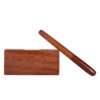


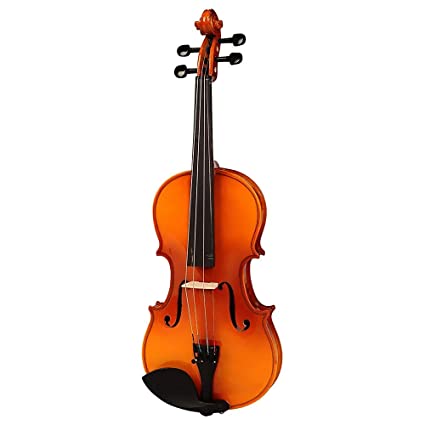


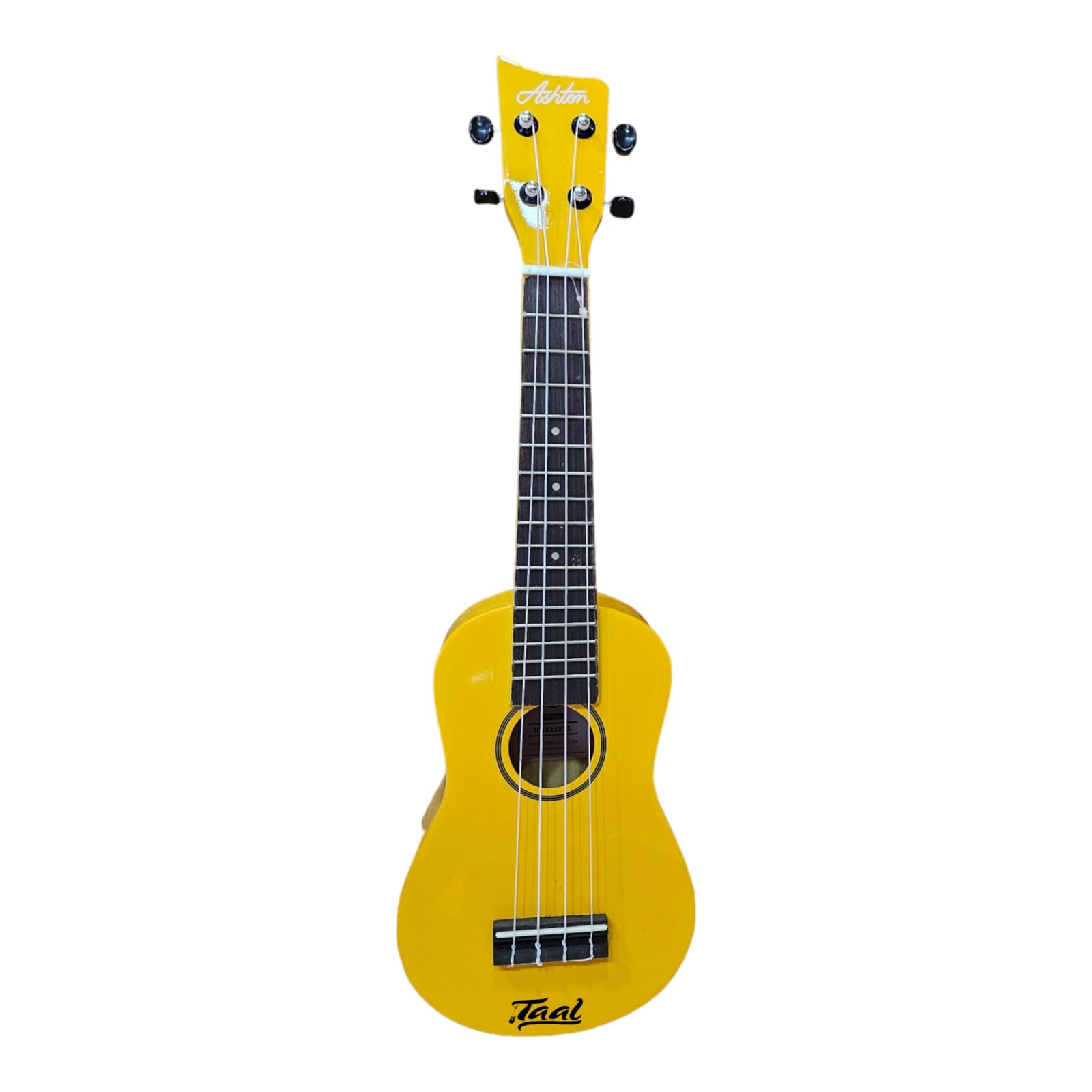
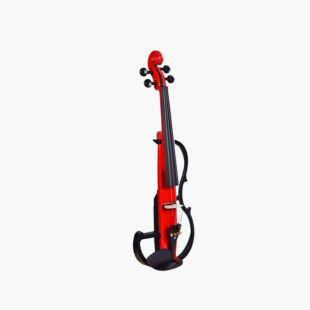



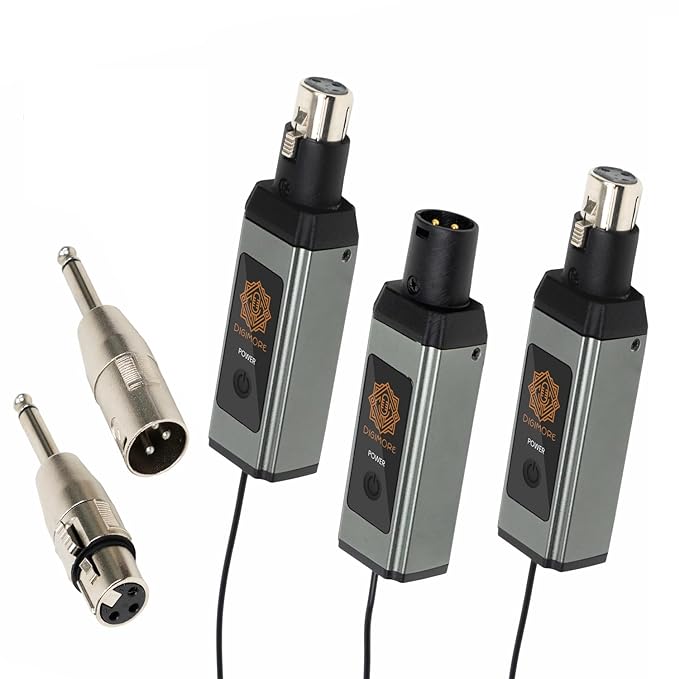
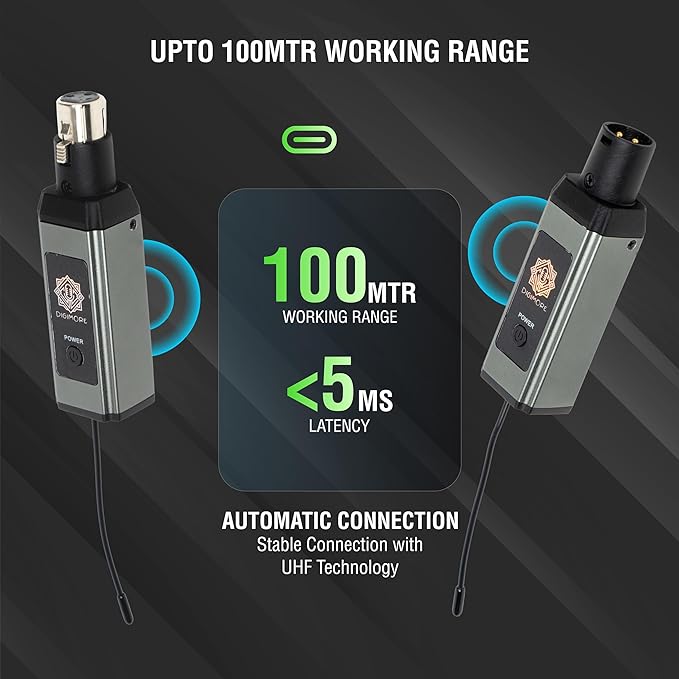
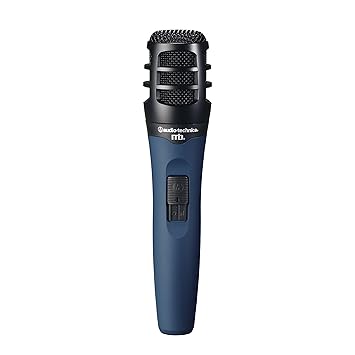

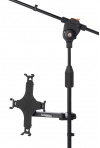
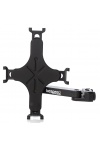
Reviews
There are no reviews yet.